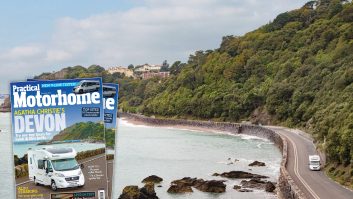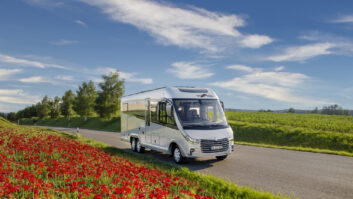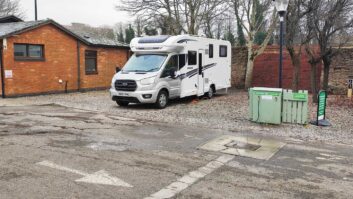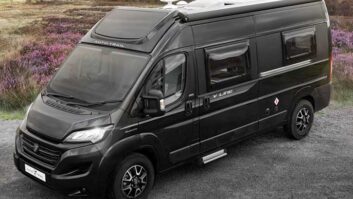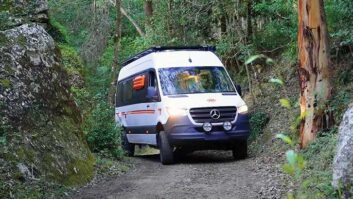Shortly after Bailey announced it would launch its first motorhome range at the October NEC show this year, I paid a visit to the Bristol firm’s factory, to walk the line and find out more about this giant in caravan manufacturing.
Bailey is a family-run business, and has been building caravans since 1948. Today, it’s one of Europe’s leading caravan manufacturers, producing around 8500 per year – that’s more than the current UK market for new motorhome registrations combined.
So why launch a motorhome now? For Bailey, two key factors made this the right time. First, in 2009 it bought six acres of land alongside the current factory, allowing it to increase capacity, and offering a place to do on-site PDIs of motorhomes, and to beef up the parts and repair centres on site.
Second was perfecting and making a success of the Alu-Tech construction technique, which has been rolled out across its tourer ranges to great success.
Alu-Tech means that bonded panels such as the sidewall and roof are clamped together with an aluminium extrusion, which is in turn held in place from the inside by a metal connecting bracket. The assembly is then locked together by a T-bolt fixing and a plastic cap covers the fittings so it all looks neat from the inside.
The benefits of this are a stronger shell, and better defence against leaks at the seal where panels join, because there are far few external joints and fixing points than in traditionally constructed caravans.
It’s interesting to note that the Bailey workforce is salaried, rather than paid ‘piece-rate’ – ie, by the number of vehicles they produce. Bailey reckons this reduces the risk of hurriedly assembled vehicles.
I watched the team bond, press and cut out sandwich panels for its tourers, and discovered Bailey replaces the usual timber framework within the sandwich walls of the caravan body with a plastic one, so if any water does manage to creep in, there’s no timber for it to set about rotting.
I saw them assemble the walls and furniture on the line – which moves automatically between the six-man team stations – then fix and clamp the walls and roof into place. The techniques will be exactly the same for motorhome manufacturing, and they’ll go down the same, single U-shaped line.
It’s a truly impressive operation, and a thumb in the eye to those who say we’re a nation that doesn’t manufacture anything anymore.
And finally, I got to see a prototype motorhome, which has returned from gruelling testing on the roads and in the cold chamber at a proving ground. It was the last stop on our tour, and I was treated to a glimpse of it in the flesh.
Sadly, I’m embargoed from writing anything about it until its official launch in September, but suffice it to say, there’s an awful lot of smart thinking gone into it. Watch this space!
Rob Ganley, Editor

